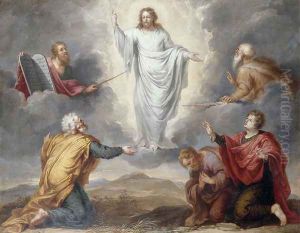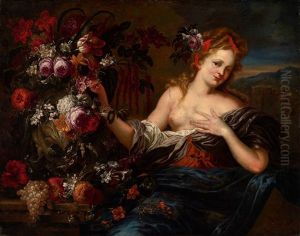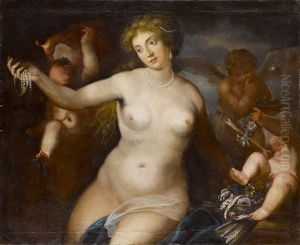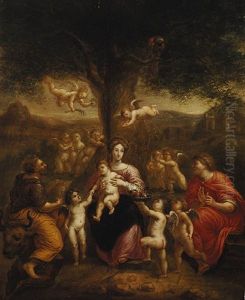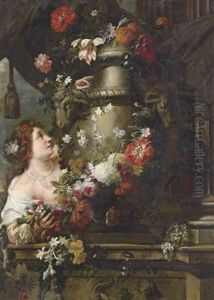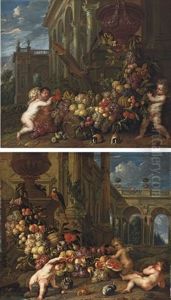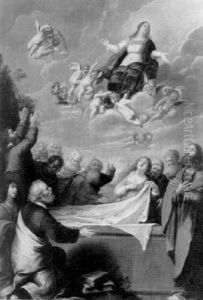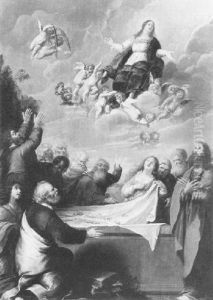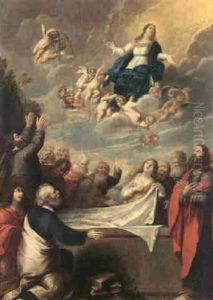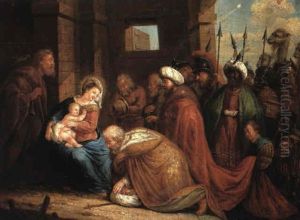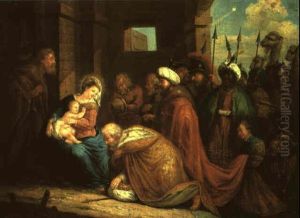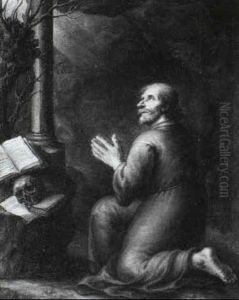Pieter Ykens Paintings
Pieter Ykens was a Flemish Baroque painter, born in Antwerp in 1648. He is known for his fine still life and flower paintings, a genre that was highly popular and appreciated during the 17th century in the Flemish regions. Ykens came from a family of artists, which likely influenced his early interest and eventual career path in the arts. Despite the prominence of his work, particularly in the meticulous depiction of flowers and fruits, detailed aspects of his life and training remain somewhat obscure, highlighting a common issue in the documentation of artists from this period.
Ykens was active during a time when Antwerp was a significant center for art and commerce in Europe. The city's thriving cultural scene provided a fertile environment for his development as an artist. Although specifics about his education are not thoroughly documented, it is believed that he was trained within the local artistic community, possibly in the workshop of a renowned painter. His skills in depicting nature, with an almost scientific accuracy, suggest a thorough study of both art and natural philosophy, which was not uncommon among artists of his caliber at the time.
Throughout his career, Ykens contributed to the tradition of still life painting, a genre that was undergoing significant evolution during his lifetime. His works are characterized by their detailed realism and the vibrant, lifelike quality of the subjects. This attention to detail not only demonstrates his technical prowess but also reflects the period's interest in nature and the exploration of the natural world. Ykens' paintings often featured arrangements of flowers, fruits, and sometimes insects, arranged against a dark background, a style that helped to emphasize the vivid colors and textures of his compositions.
Despite his evident talent and contributions to the Flemish art scene, Pieter Ykens did not achieve the same level of fame as some of his contemporaries. However, his works are appreciated by art historians and collectors for their beauty and technical skill. After his death in 1695, Ykens' paintings continued to be sought after, primarily by collectors and connoisseurs of still life art. Today, his works can be found in museums and private collections, serving as a testament to the enduring appeal of the still life genre and its practitioners in the Baroque period.
